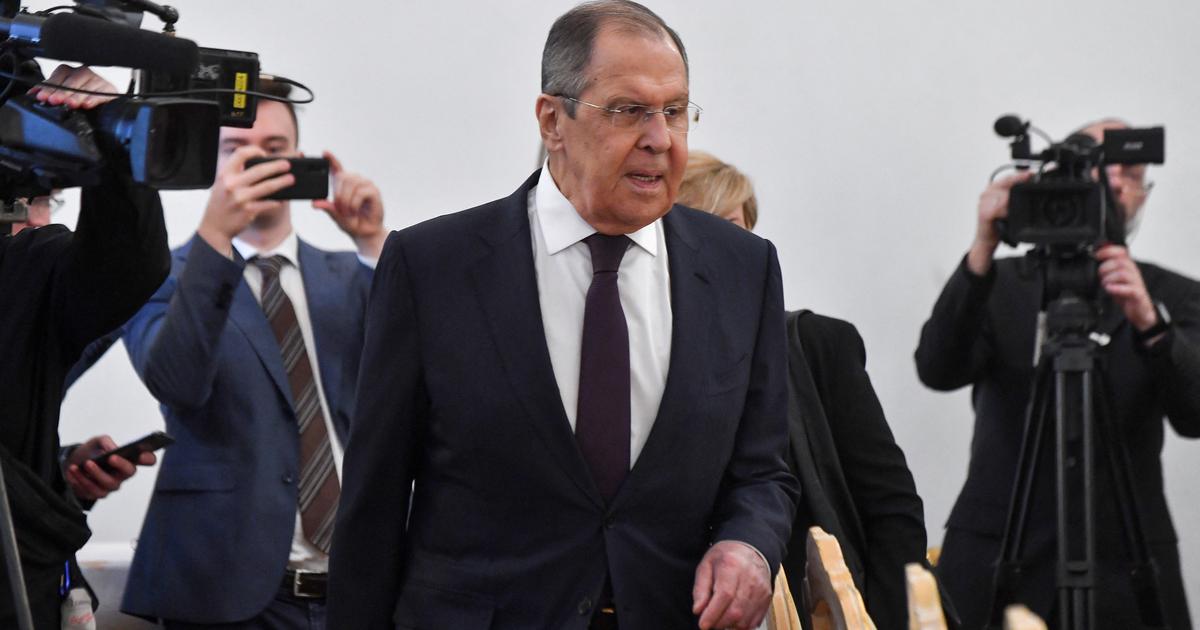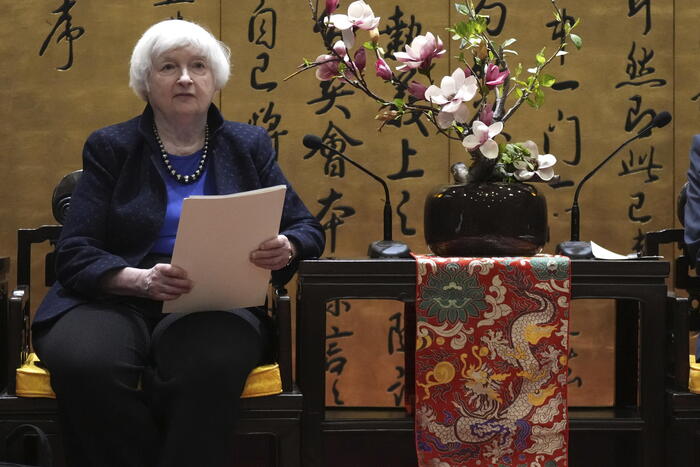Beijing is the cultural and economic center of North Asia.
The city has a history of more than a thousand years.
The metropolis of Beijing is the center of economy, culture and politics in China.
People settled in the Beijing region more than 80,000 years ago and the city is at least 3,000 years old.
The city's 21.7 million people live in skyscrapers, closed neighborhoods, and traditional Chinese hutongs.
Beijing -
Beijing is the capital of China and the second largest city in the country with a population of 21.7 million. The city has a temperate continental climate with dry, cold winters and rainy, hot summers. Nevertheless, there are special weather phenomena such as sandstorms. On the world clock, Beijing is six hours ahead of Central European Summer Time.
The metropolis is the administrative and government center of the country.
Historically, too, the city has always been the seat of various imperial dynasties, albeit not continuously.
The city was laid out at right angles - with the imperial palace "Forbidden City" in the center.
After the Communist Party came to power, Mao Zedong also had the socialist government buildings built in the city center - right next to the old imperial palace.
The modern business districts of the modern era have grown up around the city center over the past few decades.
Beijing is one of the most interesting metropolises in the world and has a lot of culture to offer.
The city's biggest problems are air quality and the tense situation on the housing market - even if both have already improved in recent years.
Beijing: History and Role as the Capital of China
As the capital of China, Beijing is the center of politics and culture.
The city looks back on over 3,000 years of history and was the seat of the emperor for many dynasties until the beginning of the 20th century.
Mao also made Beijing the capital of the People's Republic of China and had government districts built there in the socialist style - the centerpiece is the “Great Hall of the People” on Tiananmen Square.
Due to immigration from the rural regions of China, Beijing is growing steadily and now has a population of over 21 million.
The city is facing major challenges today and is changing rapidly.
More and more people are flocking to the city and finding accommodation in new neighborhoods and satellite cities around Beijing.
The Chinese government is working on improving the quality of life in the capital as a priority.
New laws ensure, for example, improved air quality.
In addition, Beijing has rescheduled its traffic and created more and more parks and green spaces.
Beijing: The weather in China's capital
Beijing is roughly on the same latitude as Ankara, the capital of Turkey. This region of China has a temperate, continental climate with warm, rainy summers and cold, dry winters. The average temperature is 30.8 degrees in summer and 1.6 degrees in winter. At night, temperatures drop by an average of ten degrees compared to the daytime highs. The humid summer months are a specialty. Much of Beijing's precipitation falls between June and August, creating a humid and sometimes almost tropical climate. During this time, severe storms often occur.
In winter, cold winds often blow from Inner Mongolia and across the North Chinese Plain through the city.
Then the perceived temperature can drop to minus 20 degrees.
In spring, westerly winds from the Gobi desert repeatedly bring sandstorms to Beijing.
The sand turns the sky and the air dark yellow and in severe cases can paralyze the whole city.
To protect against sandstorms, the Chinese government is investing large sums in walls and windbreakers.
Beijing: Or is it Beijing?
China's capital has two names in western romanization, Beijing and Peking.
Both mean "Northern Capital".
This is due to the different systems that linguists use to translate sounds into other alphabets.
This creates the possibility of writing Chinese words with the Latin alphabet.
With their translation system, Thomas Wade and Herbert Giles developed the term “Beijing” for the Chinese capital in 1912.
Later, an official transliteration called Pinyin was created, which is closer to the pronunciation of the official Mandarin language.
In this romanization the city is called "Beijing".
In Germany, the earlier romanization “Peking” is still used in many cases - in English, however, “Beijing” dominates today.
Beijing: The Geography
Beijing is located in northwest China. It is a city that is independent of the province (such as Berlin or Hamburg) and is surrounded by the province of Hebei. Beijing is China's seat of government and is home to ministries, as well as the highest bodies of the party and the military. Beijing is also home to the most important universities, hospitals, research institutes and museums in China. The city consists of a core city, a metropolitan region and an outer belt with suburbs and sparsely populated rural settlements. The total area of the city-state of Beijing corresponds to the area of Thuringia.
Beijing is 63 meters above sea level and is surrounded by the mountains of the Mongolian plateau.
The plain in which Beijing lies is repeatedly shaken by earthquakes.
This is due to the displacement of the Indian continental plate, which moves four centimeters a year to the north.
In 1976, one of the worst earthquakes in China's history occurred in the nearby city of Tangshan, killing around 200,000.
To prevent such a catastrophe in the future, China relies on early warning systems and special construction techniques.
Beijing: The Story of China's Capital
Even in early history, the ancestors of modern humans settled in the region of what is now Beijing.
This is proven by fossils that are at least 80,000 years old.
5,000 years ago, people built the first permanent settlements that grew into a city over the millennia.
The first document of this early city comes from the year 1000 BC.
Beijing was then called "JI" and was home to the Zhou dynasty.
For the next 3,000 years, different dynasties ruled parts of the empire or even the whole of China from here - and gave their capital different names:
Zhuojun
Youzhou
Fanyang
Yanjing
In 1408, Emperor Yongle of the Ming Dynasty named the city Beijing after he had moved the seat from Nanking - the "southern capital" - to the north.
Yongle had the Forbidden City built and it sparked a prosperity.
Beijing's cultural and economic boom continued until 1800.
After that, the city was repeatedly the target of attacks, especially by the British and French.
After the Republic of China was founded in 1912, the last Chinese emperor, Puyi, abdicated.
After that, different military groups ruled the capital.
Only after the founding of the People's Republic of China in 1949 did things return to normal.
Beijing: Capital of Culture with an ancient history
Beijing is also the cultural center of China. One of the most impressive sights is the Imperial Palace, the Forbidden City. The imposing complex with its curved yellow roofs is over 600 years old and housed the Chinese emperor, his extended family, concubines, high officials, eunuchs and servants until 1911. The Great Wall of China runs in parts not far from the city and is thus another attraction of the city. In Beijing, visitors will also find the largest square in the world. Tian'anmen Square offers space for a million people and is the scene of festivals and public events time and again - but it was also the scene of the bloody suppression of the democracy movement in 1989.
China's capital is home to the most important museums for Chinese art and archaeological finds.
As the center of China, Beijing is also the country's culinary capital.
All the kitchens of China, Asia and a large part of the western kitchens can be found in Beijing.
The small kitchens and street cafes, which make an important contribution to Beijing's great culinary diversity, are particularly important for Beijing's culture.
Beijing: The population in the megacity
7.7 million people live in downtown Beijing. The city also includes suburbs and satellite cities. The total population of the entire Beijing region combined is 21.7 million people. However, not all Beijing residents are permanently in the city. If you want to live in Beijing, you apply to the local authority and usually receive a temporary residence permit. 13.5 million people live permanently in Beijing. The remaining 8.2 million only live temporarily in the capital with a temporary permit. In addition, there are around 1.1 million migrant workers who mostly live and work in the city without registration and only for short periods of time.
Mainly Han Chinese live in Beijing, who form the largest population group in China.
Almost 2 percent are Manchu and 1.7 percent are Muslim Hui.
Beijing is also home to many Koreans and Mongols who bring their language, culture and eating habits to the capital.
Beijing: Living in China's capital
Most people in Beijing live in high-rise buildings, many of which are over 20 stories tall.
The main modern residential areas are Wangjing in the northeast and Huilonguan in the northwest.
Here the population density is significantly higher than in other areas of the city and can be up to 5,500 inhabitants per square kilometer.
In order to relax the housing situation, the Chinese government is building new satellite cities around Beijing in the next few years, in which several million people can live.
In addition to high-rise buildings, there are also so-called compounds.
These are guarded residential areas with their own infrastructure.
A compound is a small microcosm with schools, green spaces and a central community center for the residents.
Some residents of Beijing still live in hutongs, the traditional Chinese houses.
A hutong consists of four buildings that enclose a square courtyard.
Their architecture corresponds to the rules of Fengshui.
Rules from the teachings of Confucius are also incorporated into the building.
For example, the living room and bedroom of the head of the family must be located in such a way that they receive the most sunlight.
Beijing: The current situation
Beijing faces numerous challenges today.
New living space has to be created in the city to provide space for the growing population.
Traffic is also changing.
In order to improve the air quality, among other things, wheel tracks are created.
In addition, there is now a nationwide rental system for bicycles.
To strengthen local public transport, Beijing built 14 new subway lines between 2008 and 2010.
The route network has been continuously expanded since then.
The fight against smog is one of the most important tasks of the Chinese government.
For years, Beijing residents could not see a blue sky in winter.
Beijing covered by thick #Smog http://t.co/uZykX0xSkT pic.twitter.com/7M2AA1z8Vi
- China.org.cn German (@germanchinaorgc) March 27, 2014
Through consistent action and a comprehensive program, Beijing improved its air quality. The fine dust values fell by over 50 percent within a few years.








